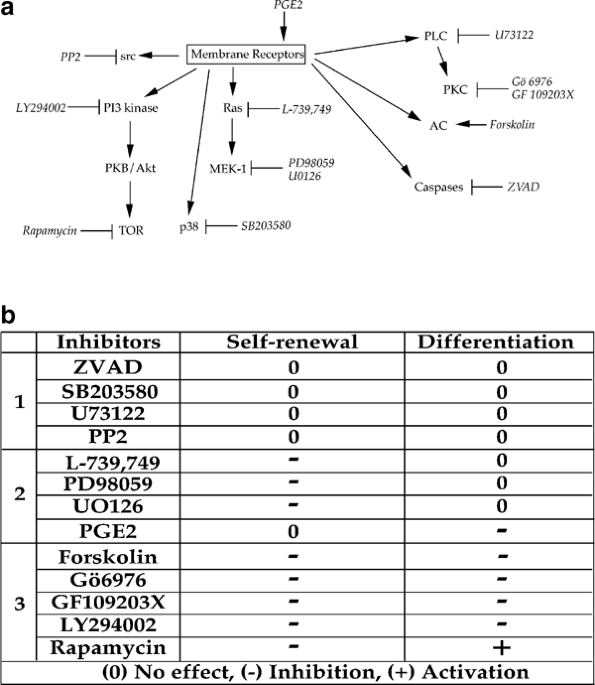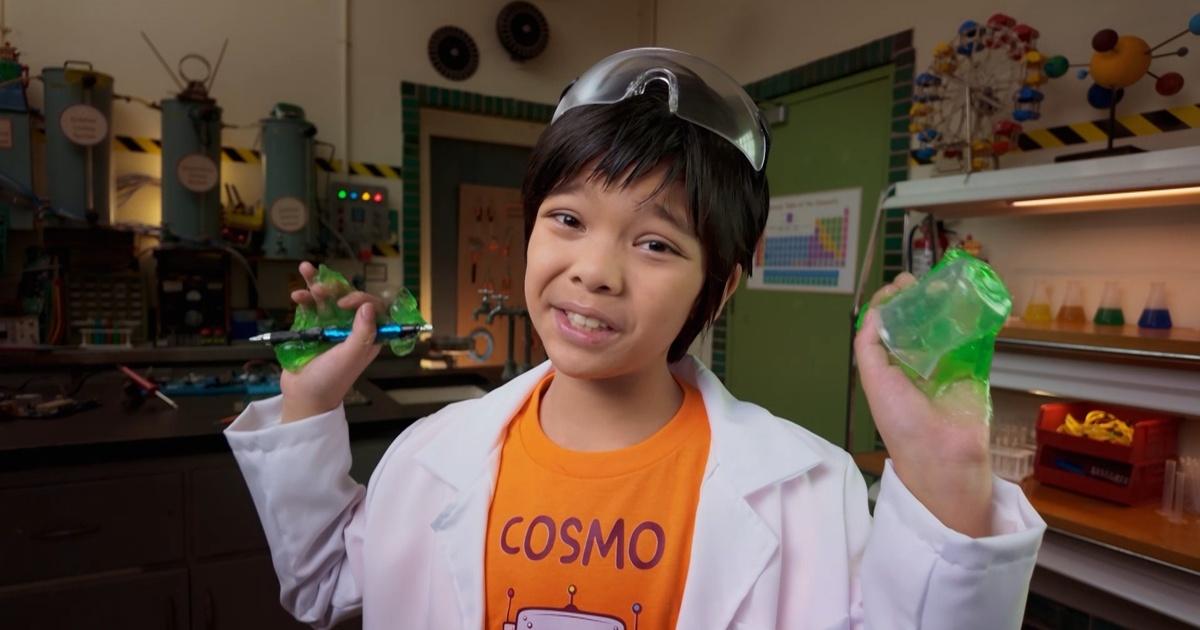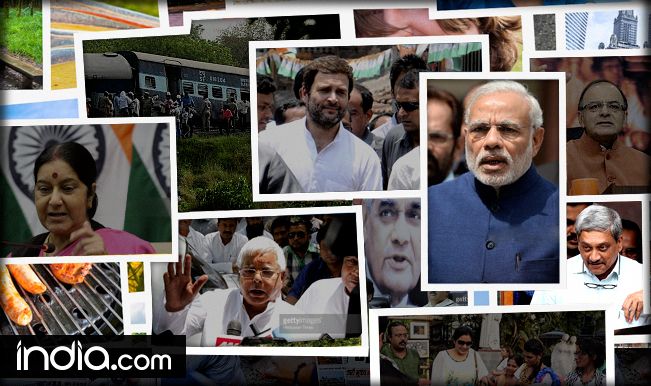
- Select a language for the TTS:
- UK English Female
- UK English Male
- US English Female
- US English Male
- Australian Female
- Australian Male
- Language selected: (auto detect) - EN
Play all audios:
ABSTRACT Making decisions between self-renewal and differentiation is a central ability of stem cells. Elucidation of molecular networks governing this decision is therefore of prime
importance. A model of choice to explore this question is represented by chicken erythroid progenitors, in which self-renewal versus differentiation as well as progenitor maturation are
regulated by external factor combinations. We used this system to study whether similar or different signalling pathways were involved in the self-renewal of early, immature or more mature
erythroid progenitors. We show that a transforming growth factor (TGF)-_α_-activated Ras/MEK-1/ERK1/2 pathway is strictly required for immature self-renewing cells but becomes fully
dispensable when those cells are induced to differentiate. Consequently, pharmacological inhibition of this pathway led to spontaneous differentiation, only dependent on the presence of
survival signals. Conversely, ectopic expression of a constitutive form of MEK-1 stimulates renewal and arrests differentiation process. Finally, we demonstrate that the ERK/MAPK signalling
pathway is required in early but not in late primary erythroid progenitors, which can be turned into each other by different growth factor combinations specifically driving their renewal. To
the best of our knowledge, this is the first description of a central role of ERK/MAPK signalling in regulating progenitor plasticity in the same cell type under different environmental
conditions. Access through your institution Buy or subscribe This is a preview of subscription content, access via your institution ACCESS OPTIONS Access through your institution Subscribe
to this journal Receive 50 print issues and online access $259.00 per year only $5.18 per issue Learn more Buy this article * Purchase on SpringerLink * Instant access to full article PDF
Buy now Prices may be subject to local taxes which are calculated during checkout ADDITIONAL ACCESS OPTIONS: * Log in * Learn about institutional subscriptions * Read our FAQs * Contact
customer support SIMILAR CONTENT BEING VIEWED BY OTHERS COOPERATIVE CONTRIBUTIONS OF THE _KLF1_ AND _KLF17_ GENES IN ZEBRAFISH PRIMITIVE ERYTHROPOIESIS Article Open access 10 August 2023
GENERATION AND TRAPPING OF A MESODERM BIASED STATE OF HUMAN PLURIPOTENCY Article Open access 05 October 2020 ESRRB GUIDES NAIVE PLURIPOTENT CELLS THROUGH THE FORMATIVE TRANSCRIPTIONAL
PROGRAMME Article 27 April 2023 ACCESSION CODES ACCESSIONS GENBANK/EMBL/DDBJ * D26318 REFERENCES * Bartunek P, Pichlikova L, Stengl G, Boehmelt G, Martin FH, Beug H, Dvorak M and Zenke M .
(1996). _Cytokine_, 8, 14–20. * Bauer A, Gandrillon O, Samarut J and Beug H . (2001). _Hematopoiesis: a Developmental Approach_. Zon, L. (ed) Oxford University Press: New York, pp. 368–390.
Google Scholar * Bauer A, Mikulits W, Lagger G, Stengl G, Brosch G and Beug H . (1998). _EMBO J._, 17, 4291–4303. * Bauer A, Tronche F, Wessely O, Kellendonk C, Reichardt HM, Steinlein P,
Schutz G and Beug H . (1999). _Genes Dev._, 13, 2996–3002. * Bogdan S and Klambt C . (2001). _Curr. Biol._, 11, R292–R295. * Bourgin C, Bourette R, Mouchiroud G and Arnaud S . (2000). _FEBS
Lett._, 480, 113–117. * Brunet A, Pages G and Pouyssegur J . (1994). _Oncogene_, 9, 3379–3387. * Chang L and Karin M . (2001). _Nature_, 410, 37–40. * Chow SC, Weis M, Kass GE, Holmstrom TH,
Eriksson JE and Orrenius S . (1995). _FEBS Lett._, 364, 134–138. * Dolznig H, Boulme F, Stangl K, Deiner EM, Mikulits W, Beug H and Mullner EW . (2001). _FASEB J._, 15, 1442–1444. * Dolznig
H, Habermann B, Stangl K, Deiner EM, Moriggl R, Beug H and Mullner EW . (2002). _Curr. Biol._, 12, 1076–1085. * Dudley DT, Pang L, Decker SJ, Bridges AJ and Saltiel AR . (1995). _Proc.
Natl. Acad. Sci. USA_, 92, 7686–7689. * Fairbairn LJ, Cowling GJ, Reipert BM and Dexter TM . (1993). _Cell_, 74, 823–832. * Favata MF, Horiuchi KY, Manos EJ, Daulerio AJ, Stradley DA, Feeser
WS, Van Dyk DE, Pitts WJ, Earl RA, Hobbs F, Copeland RA, Magolda RL, Scherle PA and Trzaskos JM . (1998). _J. Biol. Chem._, 273, 18623–18632. * Frelinger AL, Du III XP, Plow EF and Ginsberg
MH . (1991). _J. Biol. Chem._, 266, 17106–17111. * Gandrillon O, Ferrand N, Michaille J-J, Roze L, Zile MH and Samarut J . (1994). _Oncogene_, 9, 749–758. * Gandrillon O, Jurdic P,
Benchaibi M, Xiao J-H, Ghysdael J and Samarut J . (1987). _Cell_, 49, 687–697. * Gandrillon O and Samarut J . (1998). _Oncogene_, 16, 563–574. * Gandrillon O, Schmidt U, Beug H and Samarut J
. (1999). _EMBO J._, 18, 2764–2781. * Hayman MJ, Meyer S, Martin F, Steinlein P and Beug H . (1993). _Cell_, 74, 157–169. * Heinrich R, Neel BG and Rapoport TA . (2002). _Mol. Cell_, 9,
957–970. * Ivanova NB, Dimos JT, Schaniel C, Hackney JA, Moore KA and Lemischka IR . (2002). _Science_, 298, 601–604. * Johnson GL and Lapadat R . (2002). _Science_, 298, 1911–1912. * Kahn
P, Frykberg L, Brady C, Stanley I, Beug H, Vennstrom B and Graf T . (1986). _Cell_, 45, 349–356. * Kohl NE, Wilson FR, Mosser SD, Giuliani E, deSolms SJ, Conner MW, Anthony NJ, Holtz WJ,
Gomez RP, Lee TJ, Smith RL, Graham SL, Hartman GD, Gibbs SB and Oliff A . (1994). _Proc. Natl. Acad. Sci. USA_, 91, 9141–9145. * Kowenz E, Leutz A, Doderlein G, Graf T and Beug H . (1987).
_Modern Trends in Human Leukemia VII, Vol. 31: Hamatol. Bluttransfus_. Neth R, Gallo, RC, Greaves MF and Kabisch H. (eds). Springer Verlag: Heidelberg, pp. 199–209. Book Google Scholar *
Lacoste-Eleaume AS, Bleux C, Quere P, Coudert F, Corbel C and Kanellopoulos-Langevin C . (1994). _Exp. Cell Res._, 213, 198–209. * Lesault I, Quang CT, Frampton J and Ghysdael J . (2002).
_EMBO J._, 21, 694–703. * Marshall CJ . (1995). _Cell_, 80, 179–185. * Matsuzaki T, Aisaki K, Yamamura Y, Noda M and Ikawa Y . (2000). _Oncogene_, 19, 1500–1508. * Nagata Y, Takahashi N,
Davis RJ and Todokoro K . (1998). _Blood_, 92, 1859–1869. * Nishigaki K, Hanson C, Ohashi T, Thompson D, Muszynski K and Ruscetti S . (2000). _J. Virol._, 74, 3037–3045. * Pages G, Brunet A,
L'Allemain G and Pouyssegur J . (1994). _EMBO J._, 13, 3003–3010. * Pouyssegur J, Volmat V and Lenormand P . (2002). _Biochem. Pharmacol._, 64, 755–763. * Quang CT, Wessely O, Pironin
M, Beug H and Ghysdael J . (1997). _EMBO J._, 16, 5639–5653. * Ramalho-Santos M, Yoon S, Matsuzaki Y, Mulligan RC and Melton DA . (2002). _Science_, 298, 597–600. * Samarut J and Gazzolo L .
(1982). _Cell_, 28, 921–929. * Schoeberl B, Eichler-Jonsson C, Gilles ED and Muller G . (2002). _Nat. Biotechnol._, 20, 370–375. * Somervaille TC, Linch DC and Khwaja A . (2001). _Blood_,
98, 1374–1381. * Steinlein P, Deiner E, Leutz A and Beug H . (1994). _Growth Factors_, 10, 1–16. * Steinlein P, Wessely O, Meyer S, Deiner EM, Hayman MJ and Beug H . (1995). _Curr. Biol._,
5, 191–204. * Tamir A, Petrocelli T, Stetler K, Chu W, Howard J, Croix BS, Slingerland J and Ben-David Y . (2000). _Cell Growth Differ._, 11, 269–277. * Velculescu VE, Zhang L, Vogelstein B
and Kinzler KW . (1995). _Science_, 270, 484–487. * Verfaillie CM . (2002). _Trends Cell Biol._, 12, 502–508. * Vlahos CJ, Matter WF, Hui KY and Brown RF . (1994). _J. Biol. Chem._, 269,
5241–5248. * von Lindern M, Deiner EM, Dolznig H, Parren-Van Amelsvoort M, Hayman MJ, Mullner EW and Beug H . (2001). _Oncogene_, 20, 3651–3664. * Watt FM and Hogan BL . (2000). _Science_,
287, 1427–1430. * Weissman IL . (2000). _Cell_, 100, 157–168. * Wessely O, Bauer A, Quang CT, Deiner EM, von Lindern M, Mellitzer G, Steinlein P, Ghysdael J and Beug H . (1999). _Biol.
Chem._, 380, 187–202. * Wessely O, Deiner EM, Beug H and von Lindern M . (1997). _EMBO J._, 16, 267–280. * Witt O, Sand K and Pekrun A . (2000). _Blood_, 95, 2391–2396. * Zochodne B, Truong
AH, Stetler K, Higgins RR, Howard J, Dumont D, Berger SA and Ben-David Y . (2000). _Oncogene_, 19, 2296–2304. Download references ACKNOWLEDGEMENTS We thank all of those who are cited in the
‘Material and methods’ section for their generous gifts; Michèle Weiss for her assistance with FACS analysis; Edmund Derrington for manuscript corrections and all the members of the CGMC and
specially the ‘hematopoiesis subsection’ for their invaluable help in setting up things. The work in our laboratory is supported by the Ligue contre le cancer (Comité Départemental du
Rhône), the CNRS, the UCBL, the Région Rhône-Alpes (Programme Emergence), the Fondation de France and the Association pour la Recherche contre le Cancer. SD is a fellow from the Ligue contre
le cancer (Comité départemental de l'Yonne) and the Association pour la Recherche contre le Cancer. FD is a fellow from the EU RTN program ‘Hematopoiesis’ (contract
HPRN-CT-2000-00083). Work in the HB laboratory was supported by the above EU grant and by the Fonds zur Förderung der wissenschaftlichen Forschung Austria, (SFB 006). AUTHOR INFORMATION
AUTHORS AND AFFILIATIONS * Laboratoire ‘Signalisations et identités cellulaires’, Centre de Génétique Moléculaire et Cellulaire CNRS UMR 5534, Université Claude Bernard Lyon 1, bât Grégoire
Mendel Sébastien Dazy, Francesca Damiola, Nicolas Parisey & Olivier Gandrillon * 16 rue Dubois, Villeurbanne cedex, 69622, France Sébastien Dazy, Francesca Damiola, Nicolas Parisey &
Olivier Gandrillon * Institute of Molecular Pathology, DrBohr-Gasse 7, Wien, A-1030, Austria Hartmut Beug Authors * Sébastien Dazy View author publications You can also search for this
author inPubMed Google Scholar * Francesca Damiola View author publications You can also search for this author inPubMed Google Scholar * Nicolas Parisey View author publications You can
also search for this author inPubMed Google Scholar * Hartmut Beug View author publications You can also search for this author inPubMed Google Scholar * Olivier Gandrillon View author
publications You can also search for this author inPubMed Google Scholar CORRESPONDING AUTHOR Correspondence to Olivier Gandrillon. RIGHTS AND PERMISSIONS Reprints and permissions ABOUT THIS
ARTICLE CITE THIS ARTICLE Dazy, S., Damiola, F., Parisey, N. _et al._ The MEK-1/ERKs signalling pathway is differentially involved in the self-renewal of early and late avian erythroid
progenitor cells. _Oncogene_ 22, 9205–9216 (2003). https://doi.org/10.1038/sj.onc.1207049 Download citation * Received: 05 May 2003 * Revised: 17 July 2003 * Accepted: 29 July 2003 *
Published: 18 December 2003 * Issue Date: 18 December 2003 * DOI: https://doi.org/10.1038/sj.onc.1207049 SHARE THIS ARTICLE Anyone you share the following link with will be able to read this
content: Get shareable link Sorry, a shareable link is not currently available for this article. Copy to clipboard Provided by the Springer Nature SharedIt content-sharing initiative
KEYWORDS * MEK-1 * self-renewal * TGF-_α_ * erythropoiesis










